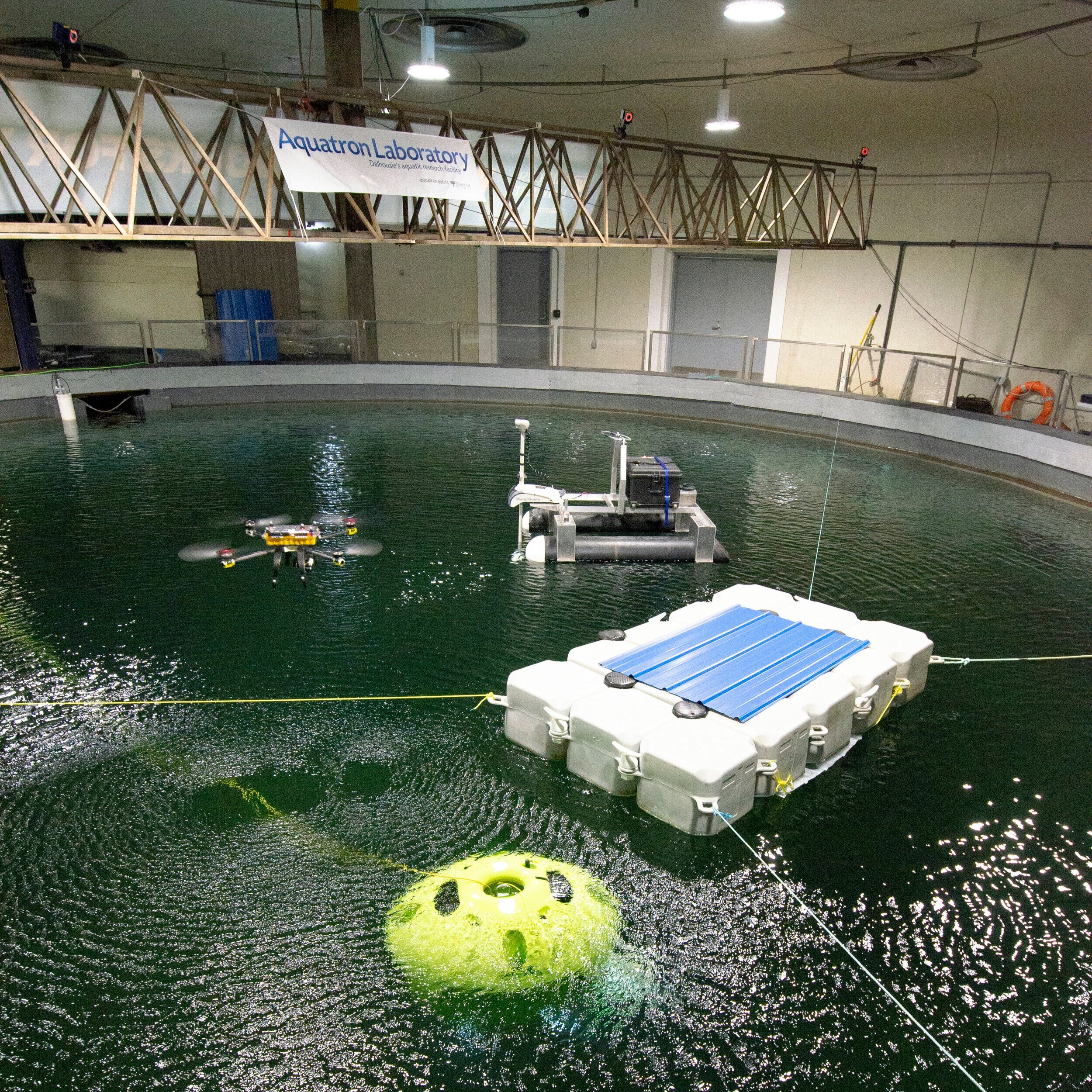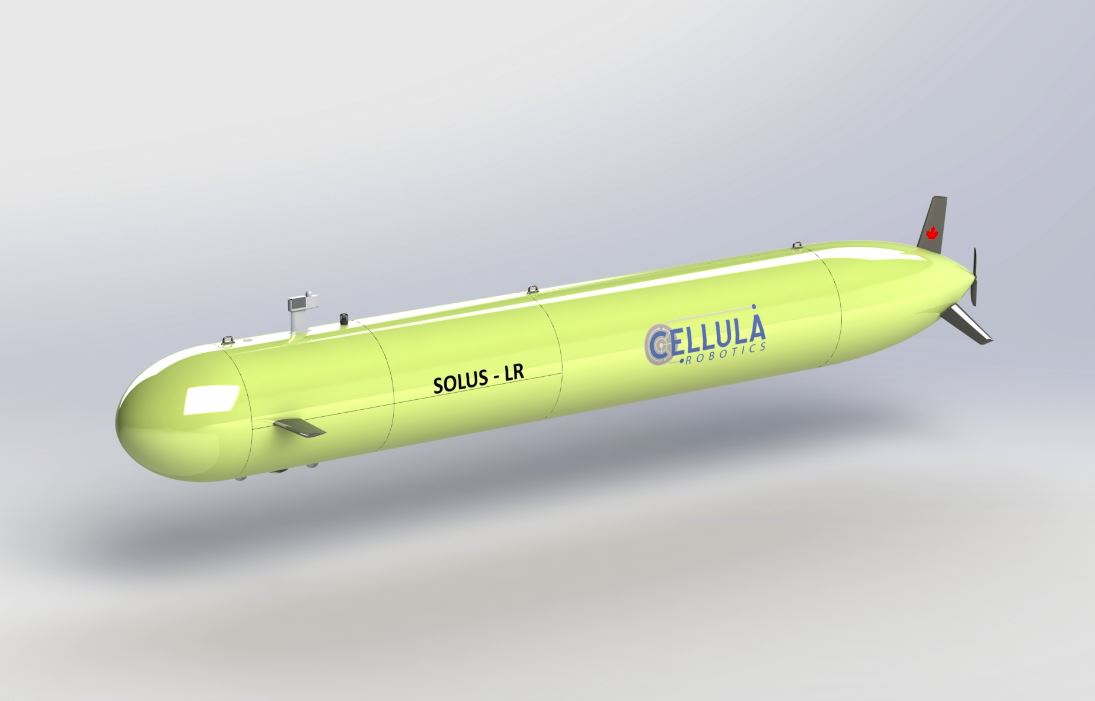Cellula Robotics Ltd. is pleased to announce the approval to proceed with phase 3 of a contract by Public Services and Procurement Canada, on behalf of the Department of National Defence’s (DND) science and technology organization, Defence Research and Development Canada (DRDC), under the All Domain Situational Awareness (ADSA) Science & Technology (S&T) Program. Under Phase 3, Cellula will develop and build a long range Unmanned Underwater Vehicle (UUV). The UUV will incorporate a fuel cell power pack and suction anchor. Known as Solus-LR, the UUV will have a target range of 2000 km and is designed to stay submerged for multi-month missions.
Eric Jackson, President of Cellula, explains “This S&T program will showcase Cellula’s advanced UUV research and development, combining traditional technologies with innovative power and anchoring solutions. With Solus-LR able to travel for thousands of kilometers, port to port missions will become a feasible lower-cost alternative to vessel-based operations.”
Cellula has recently completed the Solus-LR preliminary design review and is proceeding with the critical design phase. Technology and lessons learnt from the previously announced Fuel Cell and Suction Anchor phases will be further developed and implemented in this project.
The design phase will continue into early 2019 followed by the build and factory testing. Sea trials and a capabilities demonstration in Indian Arm, British Columbia, will be concluded by April 2020.
Defence Research and Development Canada (DRDC) is the national leader in defence and security science and technology. DRDC provides the Department of National Defence, the Canadian Armed Forces and other government departments as well as the public safety and national security communities, the knowledge and technological advantage needed to defend and protect Canada’s interests at home and abroad. For more information, please visit DRDC’s website: http://www.drdc-rddc.gc.ca. Read their press release here: https://www.canada.ca/en/department-national-defence/news/2018/04/government-of-canada-announces-contract-award-to-cellula-robotics-ltd-for-research-and-development-in-support-of-sub-surface-surveillance-in-arctic.html.
All Domain Situational Awareness (ADSA) S&T Program
Through an investment of up to $133 million over five years, through to 2020, in the ADSA S&T Program, DND is supporting a variety of innovative research and analysis projects, the outcomes of which are expected to contribute to the development of options for enhanced domain awareness of air, maritime surface and sub-surface approaches to Canada, in particular those in the Arctic. This research and analysis will be delivered through collaboration with other government departments, academia, industry and allies. Surveillance solutions explored and potentially selected will strengthen the Government of Canada’s ability to exercise sovereignty in the North, and will provide a greater whole-of-government awareness of safety and security issues, as well as transportation and commercial activity in Canada’s Arctic.






